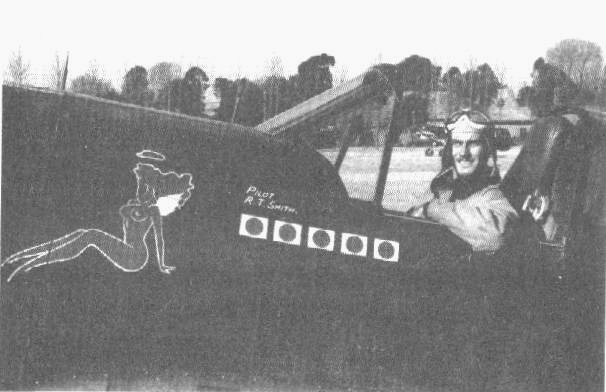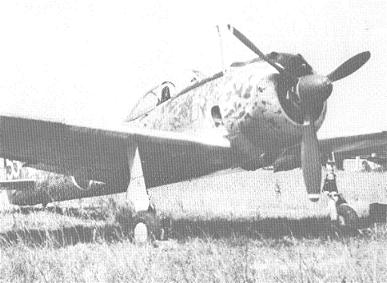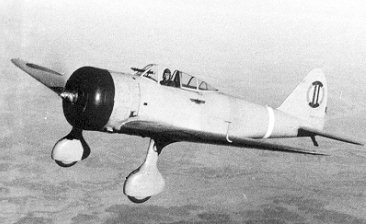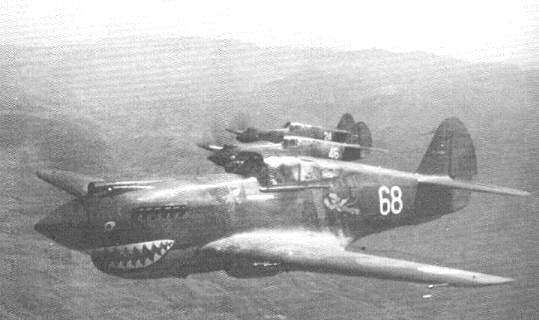
Try Amazon Audible Plus
TALE OF A TIGER

Part Three
 |
 |
Therefore,
one must wonder what type of aircraft did Smith and Greene do
battle with that day in April. Perhaps they were Nakajima Ki-43 Hayabusa
Army fighters. Certainly, the fighters encountered must have had
retractable landing gear. Otherwise, Smith would have quickly recognized
them as Ki-27 "Nates" or "Abduls" as they were more commonly called in
China-Burma theater, circa mid 1942.
 |
 |
Unless future research can uncover the presence of Navy A6M Type "0" fighters,
we might conclude that Smith misidentified the Japanese aircraft which he and
Paul Greene had engaged.
Yet, the fact that so many of the AVG pilots continued to refer to "Zeros" in their post-war writings, and certainly they have seen a great many photos of the A6M, this is perplexing to me. Some of these pilots remained in the CBI theater flying for the USAAF. Smith almost certainly had seen the A6M while flying P-51 Mustangs and commanding a B-25 Squadron. One would certainly believe that when he published his diary, errors of aircraft identification would have been corrected. However, R.T. consistantly refers to "Zeros" in the commentary he prepared to accompany the diary. First published in 1986, R.T. still used the designation "Zero". Yet, he used the proper designation of every other type he encountered. Did Smith and many of the other Flying Tiger pilots mis-identify the Ki-43 as a type "0"? Perhaps, but in light of the volume of such claims, they cannot be dismissed lightly. Perhaps the Japanese records are incomplete, or in an effort to save face, maybe they were altered.
Nonetheless, be they A6M Zero's or Ki-43's they were both very dangerous fighters, and their success in shooting down one apiece and escaping the rest by diving away clearly shows that the AVG had a far better tactical grasp on how to defeat the Japanese than did their counterparts in the USAAF and U.S. Navy in the early months of the war.
 |
